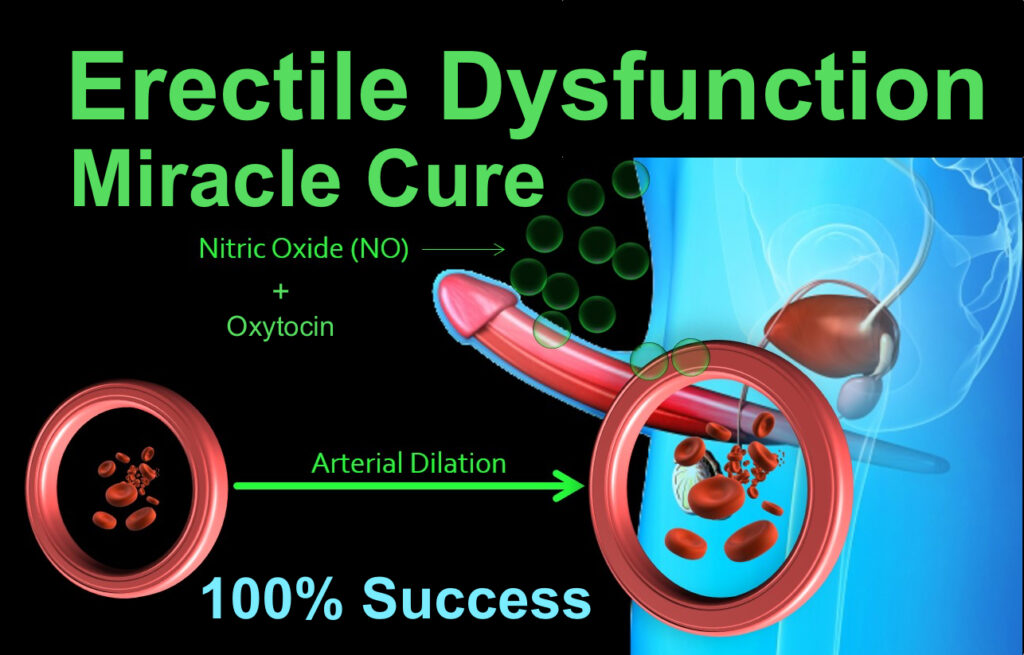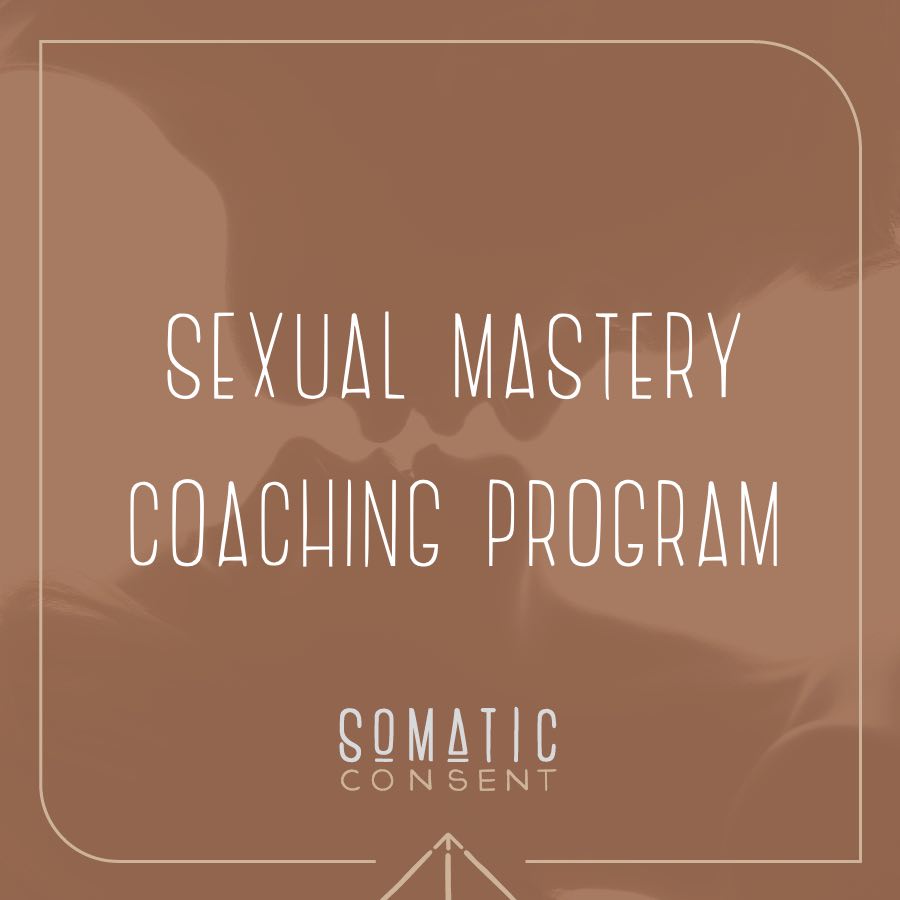The Depths of Human Connection: The Journey from the Wheel of Consent to Somatic Consent
Introduction
“I was a bodyworker and tantra practitioner for over a decade, wanting to enter the realm of facilitation in the field of tantra and sexuality. In 2010, I started teaching in a tantra school where consent was just a word. It wasn’t until 2012, during a practitioner training, that a teacher handed out an A4 paper with the Wheel of Consent on it. I was intrigued by the concept of doing and receiving, but it wasn’t adequately explained. The entire somatic embodiment was missing, and I felt confused, lost in the indirect route of ‘your pleasure is my pleasure.’ I embarked on professional training on the Wheel of Consent, becoming a student in 2014. Over the following six years, I taught alongside the founder, conducting 25 professional training sessions worldwide and about 50 consent training workshops on my own. In 2017, I co-founded the School of Consent, where I realized the missing part of the meta position of the apex. I delved deeper into the background of the 3-minute game and its origin, developed by Harry Faddies, ‘giving the gift of power’ from a BDSM perspective, taught as power intimacy and surrender as a pillar of development. The embodied understanding of the apex as a developmental pinnacle led to restructuring the concept of the Wheel of Consent into the pyramid. This transformation came from experiencing and playing the 3-minute game hundreds of times with hundreds of people in private and professional settings worldwide. The next consequential step was founding the Somatic Consent Academy in 2021 to educate individuals and professionals.”
The journey of being human is a perpetual adventure, marked by our unending curiosity, our pursuit of understanding, and our ever-evolving nature. At its core, this journey is driven by an insatiable desire to connect with one another, to navigate the intricate web of human relationships. One significant milestone in this ongoing voyage has been our exploration of consent. In recent years, two notable systems have come to the forefront: the Wheel of Consent and the Somatic Consent Engagement System (SCES). This article embarks on a journey through our recent discussions, diving deeper into these frameworks, their origins, what sets them apart, and how they profoundly impact our comprehension of human connection.
The Beginning: From Feedback to Transformation
Our journey doesn’t start within the intricate realms of these theoretical frameworks. Instead, it begins with something humble yet powerful: feedback. This highlights the essential role of dialogue and constructive critique in igniting transformation. It underscores the significance of acknowledging feedback as a vital catalyst for improvement. Even in our quest for profound systems, the fundamental component is the openness to evolve.
A Trailblazer in Human Connection
As we delve into the world of Somatic Consent, we encounter a central figure, Matthias Schwenteck. His name shines brightly in the realm of Somatic Consent, and it’s crucial to grasp his contributions and influence. His journey is a roadmap of innovation and leadership, commencing with the co-founding of the School of Consent in 2017. This was a significant step forward in the conversation about consent and human connection, making it more accessible and prominent.
In 2019, Schwenteck introduced the Somatic Consent Engagement System (SCES), a revolutionary concept challenging and expanding our understanding of human interaction. His impact extended to the literary world with his bestselling book, “Orgasmic Blueprint,” hinting at the profound exploration of human connection within its pages. It played a pivotal role in shaping the discourse surrounding Somatic Consent.
In 2021, the establishment of the Somatic Consent Academy solidified Schwenteck’s position as a luminary in the field. This institution serves as a hub for the continued exploration and dissemination of Somatic Consent principles. Understanding Schwenteck’s contributions is essential as they lay the foundation upon which our exploration is built.
Unveiling Wisdom: Navigating Modern Challenges
As our journey unfolds, we confront a contemporary challenge: the accessibility of knowledge. The digital age grants us unprecedented access to a vast sea of information, yet it often remains behind digital barriers. The inability to access specific content, like “Orgasmic Blueprint,” raises questions about the balance between intellectual property rights and our thirst for knowledge.
This challenge reminds us that even in our digital age, accessing wisdom remains nuanced. It highlights the evolving nature of our exploration and the changing landscapes of knowledge dissemination. As we dive deeper into Somatic Consent, it’s crucial to consider the layers of complexity surrounding the information we seek.
Unraveling the Somatic Consent Engagement System
The core of our exploration lies in understanding the Somatic Consent Engagement System (SCES). To truly grasp its significance, we must dive into its intricacies. At its heart, the SCES is grounded in the principles of the 3-minute game, which emerged in 2008. It serves as a framework for authentic human engagement, emphasizing the importance of distinguishing between our innate desires and established boundaries.
Central to the SCES is a profound understanding of consent – not merely as a binary concept but as a nuanced, multidimensional exploration of our desires and limits. It’s about recognizing the dance between what we want and what we’re willing to engage in, a crucial distinction that underpins the entire system.
Visualizing the SCES, it takes the form of a three-dimensional pyramid. This visual representation offers a structured perspective on the system’s complexities. At its base, the pyramid emphasizes the fundamentals: self-awareness, self-love, and radical self-responsibility. These pillars form the foundational building blocks of the entire system.
Climbing higher on this pyramid, we encounter the Four Ways of Touch. These pathways serve as guideposts in our journey through the intricate terrain of human interaction. Each of these pathways – “What do you want to do to me?”, “What do you want me to do to you?”, “What do I want to do to you?”, and “What do I want you to do to me?” – offers a unique perspective on the interplay between desire and consent. Derived from the 3-minute game, these pathways provide a roadmap for navigating the complexities of human connection.
However, the pinnacle of the pyramid, the apex, is where the true magic of the SCES resides. It represents the culmination of personal and spiritual awareness, a zenith where individual growth converges with a profound understanding of interpersonal and transpersonal dynamics. At the apex, we find ourselves in a space of heightened awareness, where the complexities of human connection become clearer, and the boundaries between self and other blur.
This integration at the apex isn’t just an intellectual exercise; it’s deeply rooted in the polyvagal theory, emphasizing the importance of safety and connection in human proximity. It recognizes that our physiological responses play a pivotal role in our interactions, underscoring the significance of creating a safe and connected space for genuine engagement.
The Crucial Role of Professionalism
One aspect that demands special attention within the SCES is professionalism, especially at the apex. This professionalism can only evolve through the embodiment of the system, achieved by practicing with like-minded explorers in the uncharted territory of personal and professional development.
In the apex of the SCES, participants move beyond theoretical understanding to a place of agency and autonomy. Here, they become guides to others, leading by example in navigating the complexities of human connection. Professionalism, in this context, encompasses a deep commitment to ethical practices, respect for boundaries, and a dedication to creating safe and transformative spaces for exploration.
Embodiment of the SCES principles is key to professionalism at the apex. It involves not just understanding the concepts but living them. Practitioners develop a profound sense of self-leadership, steering their own journey from a place of agency and autonomy. This self-leadership extends to guiding others in their exploration, creating a supportive and transformative environment.
Navigating the Shadows: Understanding the Human Complex
One of the most profound insights offered by the SCES is its acknowledgment of the shadows that often lurk beneath the surface of human interactions. These shadows, driven by survival instincts, can come to the forefront in moments of crisis or oppressive surroundings. They have the power to eclipse our genuine selves, thrusting us into roles and dynamics that are misaligned with our core desires and boundaries.
The SCES doesn’t merely illuminate these shadows; it equips us with tools and frameworks to recognize, confront, and comprehend them. It offers a path toward genuine connections by helping us navigate the complexities of our own desires and the boundaries we establish. In doing so, it fosters a deeper understanding of ourselves and those with whom we interact.
The Wheel of Consent: A Foundational Step
To truly appreciate the evolution represented by the SCES, we must acknowledge the essential role played by the Wheel of Consent. The SCES stands as an evolution that builds upon its predecessor’s foundation. The Wheel of Consent laid the groundwork, making discussions on consent accessible and mainstream. It introduced the foundational principles of giving and receiving, breaking down consent into tangible, real-world applications.
The Wheel of Consent marked a pivotal step in our understanding of consent and human connection. It brought the conversation to the forefront, challenging preconceived notions and reshaping our approach to interpersonal relationships. It offered a binary perspective, a starting point for our exploration.
However, as with all evolutionary processes, there comes a time for growth and expansion. The SCES emerged as a natural progression, building upon the Wheel’s foundation. It introduced a multi-dimensional approach, moving from a binary stance to a sophisticated dualistic comprehension of human ties. It recognized the coexistence of survival shadows with genuine interpersonal connections, offering a pathway to navigate these complexities.
In Conclusion: Navigating an Unending Journey
Our journey, spanning feedback, Matthias Schwenteck’s contributions, content accessibility, the intricacies of the SCES, and the recognition of the shadows that shape human interactions, leads us to a deeper understanding of Somatic Consent. It underscores the profound evolution represented by the SCES, a framework that challenges and expands our understanding of human connection.
In the grand tapestry of human evolution, where every thread signifies growth, understanding, and refinement, the Wheel of Consent and the SCES are recent additions. Yet, their profound implications and potential ripple effects on the future of interpersonal relationships cannot be overstated. As we stand on this precipice, looking ahead, it’s clear that with tools like SCES in our arsenal, the horizon of human connection is radiant, promising a future enriched with understanding, respect, and genuine engagement.
Our journey continues, an unending odyssey of exploration, understanding, and evolution. In the depths of human connection, we find the most profound revelations, and the systems we create to navigate this terrain are a testament to our unwavering commitment to authentic, meaningful connections. As we gaze into the future, one thing remains certain: the journey of discovery has only just begun.
With every dialogue, every exploration, and every exchange of ideas, we inch closer to a deeper, more profound understanding of human connection. The path may be winding, but it is illuminated by the collective wisdom we gather along the way. In the end, it is this collective wisdom that will guide us to a future where human connection is a profound and authentic expression of our shared humanity
Embracing the Evolution: Envisioning the Future
As we reflect on the evolution of consent frameworks, from the Wheel of Consent to the Somatic Consent Engagement System (SCES), we must also look to the future. What lies ahead in our ongoing exploration of human connection, and how can these frameworks continue to shape our interactions and relationships?
Integration and Wider Adoption:
The SCES represents a paradigm shift in our understanding of consent and human interaction. To ensure its impact is felt far and wide, efforts should be made to integrate its principles into various aspects of society. This includes educational institutions, workplaces, and community organizations. By making SCES principles accessible to a broader audience, we can foster a culture of consent and genuine engagement.
Research and Validation:
While the SCES offers a profound framework, ongoing research and validation are essential. Scientific studies and empirical evidence can further solidify the principles behind SCES and demonstrate its effectiveness in fostering healthier relationships. Collaborations between experts in psychology, sociology, and human behavior can help shed light on the intricacies of consent and the impact of these frameworks.
Education and Awareness:
Education is a powerful tool for change. Incorporating consent education into school curricula can equip future generations with the knowledge and skills to navigate human interactions with respect and understanding. Workshops, seminars, and awareness campaigns can also play a crucial role in disseminating these concepts to a wider audience.
Cultural Sensitivity:
Recognizing that consent frameworks may need to adapt to cultural nuances is paramount. Different cultures may have unique perspectives on consent and boundaries. It’s essential to approach the implementation of these frameworks with cultural sensitivity, ensuring that they resonate with diverse communities.
Continued Dialogue:
The journey of understanding human connection is ongoing. As we navigate this complex terrain, it’s vital to continue the dialogue. Conversations, such as the one that led to this exploration, are catalysts for growth and evolution. Sharing experiences, insights, and challenges can contribute to a deeper collective understanding of consent and human interaction.
In Conclusion: The Unending Odyssey
In the grand tapestry of human existence, consent is a thread that weaves through every interaction, every relationship, and every moment of connection. The evolution of consent frameworks, from the Wheel of Consent to the Somatic Consent Engagement System, reflects our unwavering commitment to understanding and navigating this intricate terrain.
Our exploration, spanning feedback, the influence of Matthias Schwenteck, content accessibility, the intricacies of the SCES, and the recognition of the shadows that shape human interactions, has taken us on a profound journey. It’s a journey of growth, of enlightenment, and of transformation. It’s a journey that reminds us that our quest for deeper, more authentic connections is a noble endeavor.
As we navigate the unending odyssey of understanding human connection, let us carry with us the wisdom gained from this exploration. Let us continue to ask questions, challenge assumptions, and seek a deeper understanding of consent and human interaction. And in doing so, let us pave the way for a future where every connection is rooted in respect, understanding, and genuine engagement.
In this unending odyssey, the destination is not a point on the horizon but a continuous journey of growth and enlightenment. It is a journey that invites us to embrace the complexities of human connection, to navigate the shadows and the light, and to forge connections that honor our shared humanity.
Somatic Consent Year Training 2024 – In Person Program for Individuals and intimate Professionals
2 responses to “The Depths of Human Connection: The Journey from the Wheel of Consent to Somatic Consent”
-
Abigal Fronau
I appreciate how this article emphasizes the importance of cultural sensitivity when implementing consent frameworks. Recognizing cultural nuances is crucial for ensuring these concepts resonate with diverse communities. I look forward to learning more about this aspect.
-
Matt Schwenteck
Thank you for your thoughtful comment and for recognizing the significance of cultural sensitivity in the context of implementing consent frameworks. We share your enthusiasm for this crucial aspect of consent education.
Cultural nuances play a pivotal role in shaping how individuals perceive and navigate consent. We agree that understanding and respecting these nuances are essential for ensuring that consent concepts are inclusive and meaningful to diverse communities. In upcoming articles, we plan to delve deeper into this subject, exploring specific examples of how cultural differences can impact consent, as well as strategies for effectively addressing these variations.
Your interest and engagement in this topic are greatly appreciated. We look forward to providing you with more comprehensive insights into the intersection of consent, culture, and diversity in our future content. If you have any specific questions or areas of cultural sensitivity you’d like us to explore, please don’t hesitate to let us know. Your input is invaluable in shaping our discussions on this important issue.
Thank you once again for your feedback, and we look forward to sharing more on this topic in the near future.
-











Leave a Reply